Visible Assets Sells Integrated RuBee Asset Visibility Networks.
Visible designs and sells IEEE 1902.1 standard integrated circuits (RuBee Chips), RuBee Tags, RuBee Routers, Dot-Tag Servers (Middleware Visibility Engine) and industry specific web enabled applications (20/20 Visibility Applications). RuBee Chips include several single chip solutions (iDot, xDot, and sDot), RuBee modems that can be used to create full Systems On a Chip (SOC) solutions using the Seiko Epson MCU product line.
RuBee Chips may be extraordinarily low power in standby mode (nano amps) and minimal power when receiving or sending data (micro amps) and still be simple, use a cost competitive design with only a few thousand transistors. Visible has a chip that implements the 1902.1 protocol with only 952 transistors. Many RFID chips are approaching the complexity of a full 8086 microprocessor, with several 100,000's transistors.
RuBee Tag Basics and Form Factors
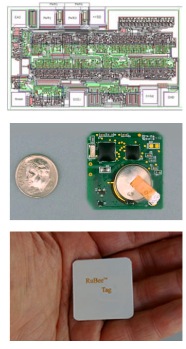
Visible designs and produces all RuBee based integrated circuits internally. We have a standard RuBee modem chip that works with the Epson/Seiko MCU product lines. Most RuBee tags, especially tags that use sensors or have advanced storage requirements, use this modem MCU combination. These RuBee tags are more like tiny data servers that manage local information intelligently with sophisticated firmware than RFID tags that only store a fixed long ID. Each tag has an IP address, as well as subnet addresses, MAC address and 256 bytes of static memory. RuBee Tags can be about the size of a postage stamp, but also come in much larger form factors for rugged applications. The RuBee tag seen on left has a range of about 8 feet, and a battery life of 5 years, it is waterproof and sealed.
These tags are used for asset visibility applications and maybe attached to almost anything that moves. Larger tags provide longer range. Tags may have sensors for temperature, motion, light humidity, and other analytes. Tags may also have optional buttons, LEDs and small LCD displays.
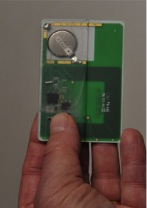
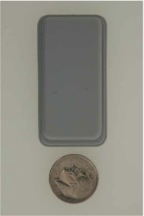

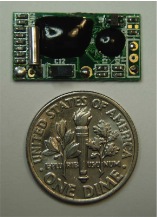
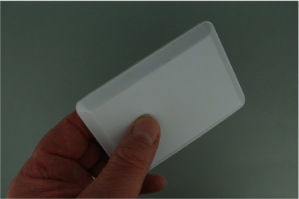
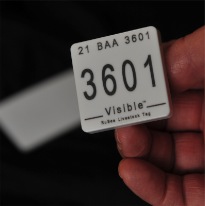
RuBee Tags are Tiny Packet Based Servers, with a CPU and Memory
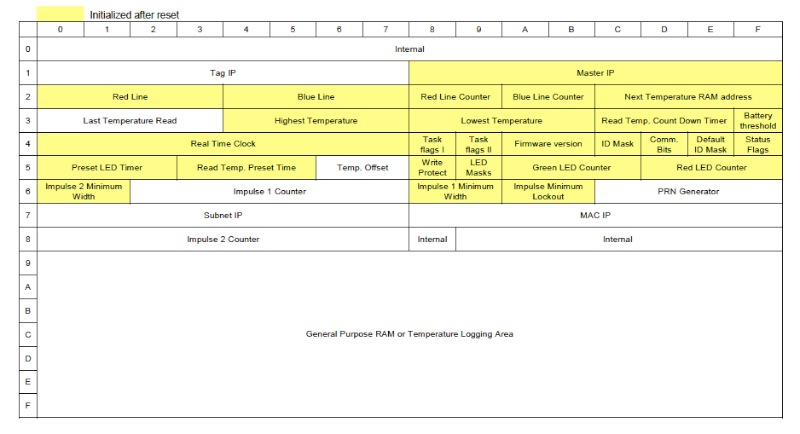
Visible also has several reduced function RuBee chips (xDot) that have limited memory, with 16 x 32 bit read/write registers. xDot's are used where sensors are not required and data storage is minimal.
RuBee Tags have Sensors with Advanced Signal Processing
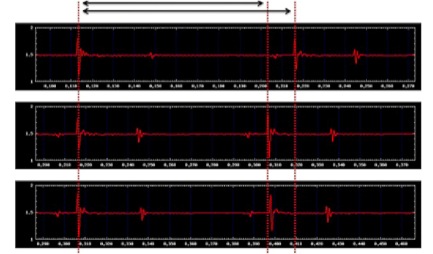
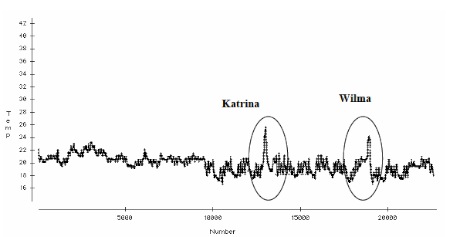

RuBee Routers, Middleware and Network Applications
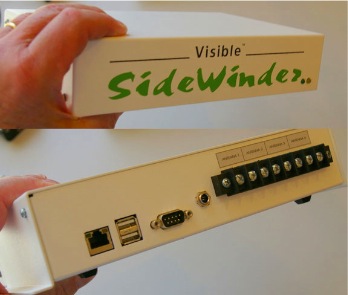
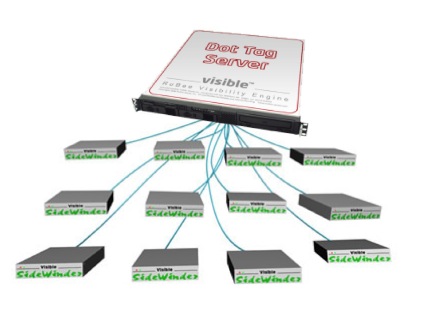
Dot-Tag is the Visibility Engine and also manages DOD 5015.2 and 21CFR Part11 audit logs automatically, and may be programmed to create Sarbanes-Oxley audit logs. The Dot-Tag server can also host 20/20 Visibility Applications, like armory 20/20.











